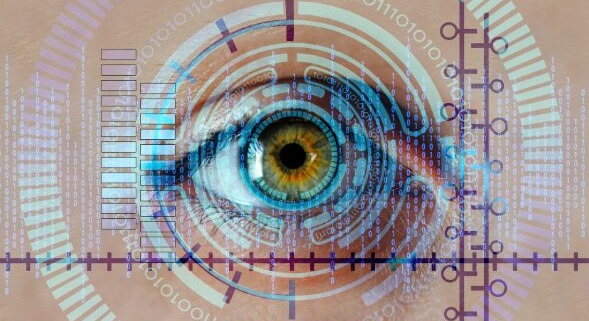Navigating the complexities of biometric technology assessment
As biometric technology becomes increasingly integral to security and identification processes, buyers face significant challenges in evaluating and selecting the right solutions. This blog explores the current assessment conundrum and offers insights into making informed decisions.
Understanding the biometric assessment challenge
The rise of biometrics, such as facial recognition and fingerprint scanning, has introduced new layers of complexity for technology buyers. Companies like Idemia are at the forefront, providing advanced biometric readers designed to enhance security and efficiency. However, the diverse array of options available can make it difficult for buyers to determine which solutions best meet their needs.
One of the primary challenges is ensuring the accuracy and fairness of biometric systems. Issues like bias in facial recognition technology have raised concerns about the reliability and ethical implications of these systems. This is where standards and guidelines from organizations like the National Institute of Standards and Technology (NIST) come into play, offering benchmarks to measure the performance and fairness of biometric technologies.
Idemia’s approach to evaluation
Idemia has responded to these challenges by developing a comprehensive framework to aid buyers in their assessment of biometric technologies. This framework is built around six key criteria: transparency, experience, security, precision, ethics, and robustness. By evaluating biometric readers against these criteria, buyers can make more informed decisions that align with their organizational goals and ethical standards.
To facilitate this process, Idemia provides detailed questionnaires that guide buyers through a thorough evaluation of potential solutions. These questionnaires are designed to ensure that all critical aspects, from regulatory compliance to ethical considerations, are adequately addressed. This approach not only helps in choosing the right technology but also promotes responsible and ethical use of biometrics.
Leveraging NIST standards
The NIST plays a crucial role in setting standards for biometric technologies. Its guidelines help ensure that biometric readers and other solutions are reliable, accurate, and fair. By adhering to NIST standards, buyers can have greater confidence in the performance and integrity of the biometric systems they choose.
Moreover, NIST’s focus on minimizing bias and ensuring data security aligns with broader efforts to promote ethical use of biometric technologies. Buyers are encouraged to consider solutions that have been tested and validated according to these rigorous standards, thus mitigating potential risks associated with bias and data breaches.
Practical tips for buyers
When navigating the biometric technology market, buyers should consider several practical steps:
- Evaluate multiple vendors: Comparing offerings from various vendors, including those from industry leaders like Idemia, can provide a broader perspective on available solutions.
- Assess ethical implications: Ensuring that the chosen technology aligns with ethical standards is crucial. This includes understanding how data is collected, stored, and used.
- Focus on compliance: Adherence to NIST standards and other regulatory guidelines should be a priority to ensure the selected technology meets necessary benchmarks for accuracy and security.
By following these tips and leveraging the resources provided by organizations like Idemia and NIST, buyers can navigate the complexities of biometric technology assessment more effectively. This strategic approach ensures the selection of solutions that are not only technologically advanced but also ethically sound and compliant with industry standards.



